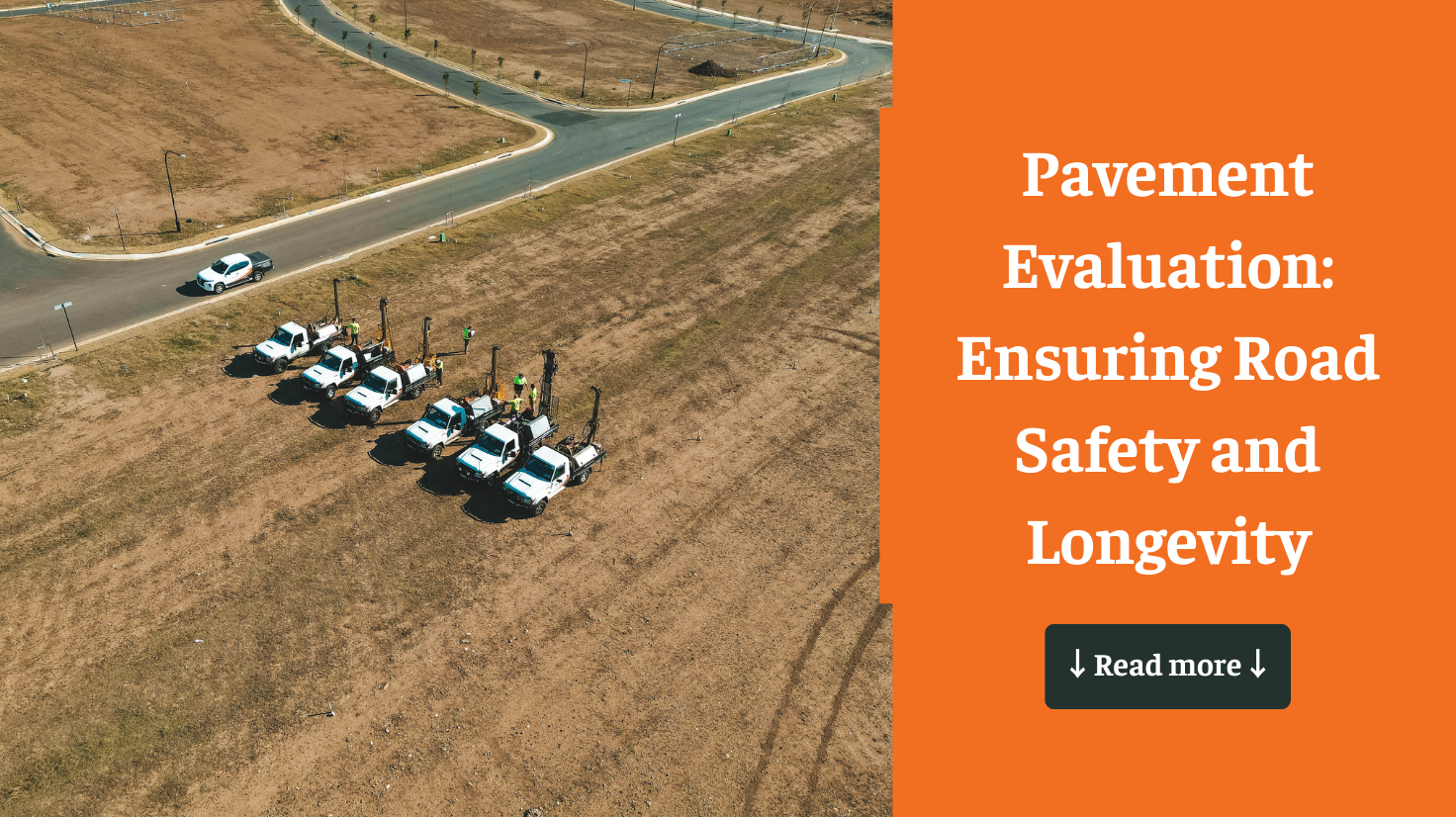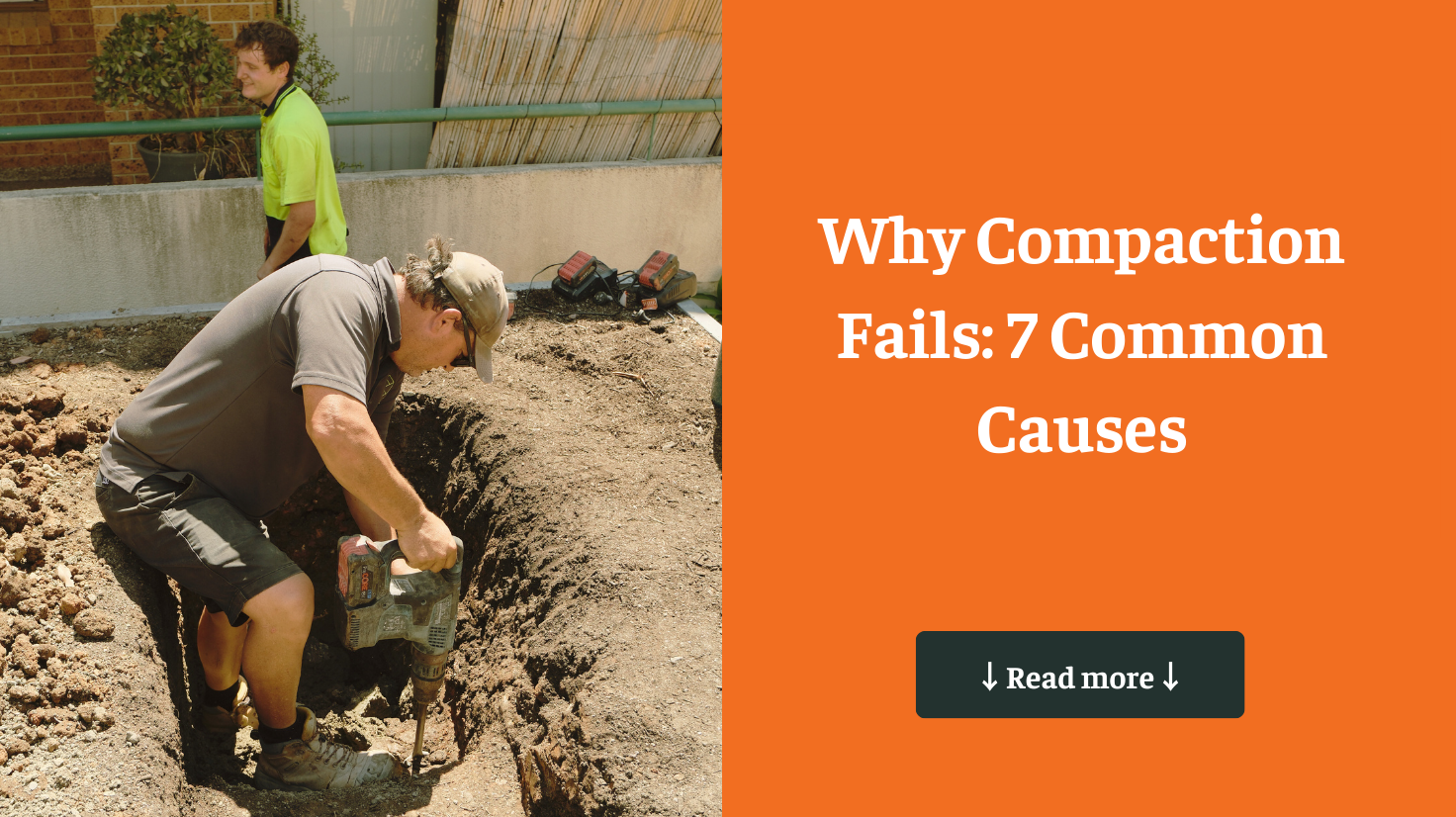Pavement evaluation is a crucial process in ensuring the safety, functionality, and longevity of roadways and other paved surfaces. This evaluation involves a thorough assessment of pavement conditions to identify any necessary maintenance or rehabilitation. By using various methods such as visual inspections, non-destructive testing, and core sampling, engineers can accurately determine the pavement’s load-bearing capacity and structural integrity.
This ensures that infrastructure investments are protected, and road safety is maintained for the long term.
1. What is Pavement Evaluation?
Pavement evaluation in pavement engineering systematically investigates and inspects pavement conditions. This process assesses the current state of pavement structures, identifying areas requiring maintenance or rehabilitation. The primary goal is to ensure the pavement’s safety, functionality, and durability. Pavement evaluation is an ongoing process, essential for maintaining road networks and ensuring they meet the demands of traffic and environmental conditions.
2. Purpose of Pavement Evaluations
Pavement evaluation serves several important purposes:
- Identify Distress and Damage: Pavement distresses such as cracks, potholes, and rutting are identified early to allow for timely maintenance. Early detection prevents minor issues from escalating into major structural problems that could compromise safety.
- Assess Load-Bearing Capacity: Evaluating the pavement’s ability to support current and future traffic loads is crucial. This assessment helps prevent overloading, which can lead to premature failure and costly repairs.
- Plan Maintenance and Rehabilitation: Effective maintenance strategies are developed by prioritizing repairs based on the severity and location of damage. This approach ensures that critical areas are addressed promptly, extending the pavement’s service life.
- Optimize Budget Allocation: By prioritizing repairs where they are most needed, pavement evaluation helps in the efficient use of resources. This reduces unnecessary expenses and ensures that budget allocations are directed toward essential maintenance activities.
- Enhance Safety: Pavement evaluation identifies areas where the pavement may pose a safety risk, such as reduced skid resistance. Timely corrective actions are implemented to mitigate these risks, preventing accidents and ensuring safe driving conditions.
3. Methods Used in Pavement Evaluation:
To accurately assess pavement conditions, a variety of methods are employed:
- Visual Inspection: This is the first step in evaluating pavement health. Engineers conduct a detailed visual assessment to identify surface distresses and anomalies, such as cracking, rutting, and surface wear. Visual inspection provides an overview of the pavement’s condition and helps in planning more detailed evaluations.
- Nondestructive Testing (NDT): NDT methods like Ground Penetrating Radar (GPR) and Falling Weight Deflectometer (FWD) assess the subsurface conditions and structural integrity of the pavement without causing any damage. GPR provides insights into the thickness of pavement layers and the presence of voids or moisture, while FWD evaluates the pavement’s deflection response under load, indicating its structural capacity.
- Core Sampling: Core samples are extracted from the pavement to analyze the material properties, layer thickness, and composition. This method provides detailed insights into the pavement’s structural makeup, including the quality of materials used and the presence of any defects. Core sampling is essential for verifying the findings from NDT and for confirming the pavement’s condition.
- Surface Profiling: Laser-based or inertial profilers measure the pavement’s smoothness and surface texture. Smoothness is a critical factor in ride quality, while surface texture affects skid resistance and safety. Profiling helps in identifying areas where the pavement may need resurfacing or other corrective actions.
- Skid Resistance Testing: This method evaluates the frictional properties of the pavement surface to ensure it remains safe, especially in wet conditions. Reduced skid resistance can lead to accidents, particularly in high-speed areas or curves. Skid resistance testing is crucial for maintaining safe driving conditions, especially in regions prone to wet weather.
4. Conclusion
Pavement evaluation is essential for maintaining the safety and functionality of roadways. By conducting thorough evaluations, engineers can ensure that pavement structures are safe, durable, and cost-effective. Ideal Geotech specialises in providing expert pavement inspection services, utilising cutting-edge methods to deliver detailed assessments and actionable reports.







